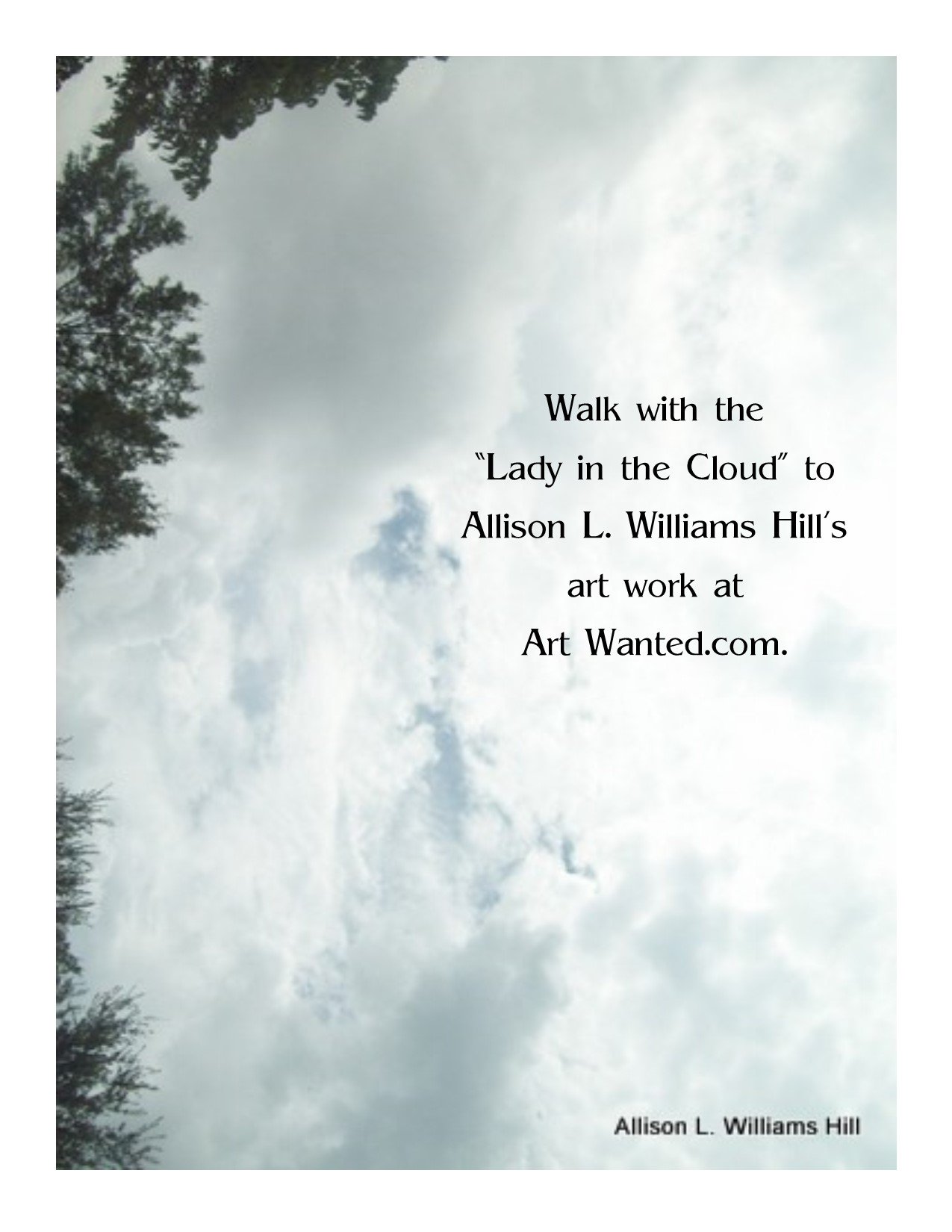Candles

andles were one the first creations to extend humanity’s ability to have more light in their lives. Candles burned longer and reduced the need to replenish light sources in the evening hours. The discovery of fire and ability to control it was out of necessity. Fire's uses span a range of things from which humans benefit. From extending the day, providing g heat and the ability to cook and sterilize utensils, fire supported and helped stabilize personal, commercial and industrial growth over centuries.
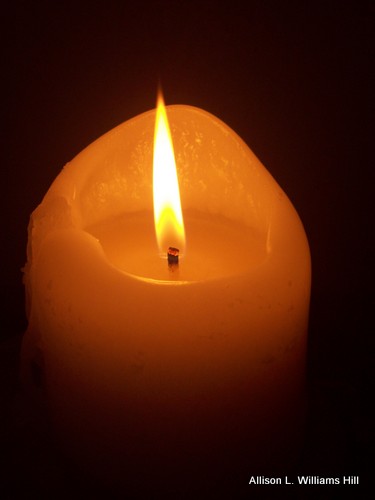
History of Candles
The history of candles is interesting. After fire, smaller “carriers” of flames were developed from various materials for travelling, lighting spaces, and religious ceremonies. Egyptians used rushlights, reeds soaked with animal fat, and some sources state they developed the first wicked candle. Others document that the Romans were the first culture to use wicks made from rolled papyrus dipped in wax. the development of the candle across the globe was created from regional sources: the Chinese made a burning substance from insects and seed. The Japanese extracted a substance form pine nuts. Colonial American women boiled bayberry fruit and collected the wax. However, the amounts of bayberries needed to produce a pound of wax was quite large; the bayberries had to be grown and then picked. The plants and picked bayberries needed to be available in adequate quantities to sustain this process.

"Many in the Blue" was drawn channeling by candlelight,
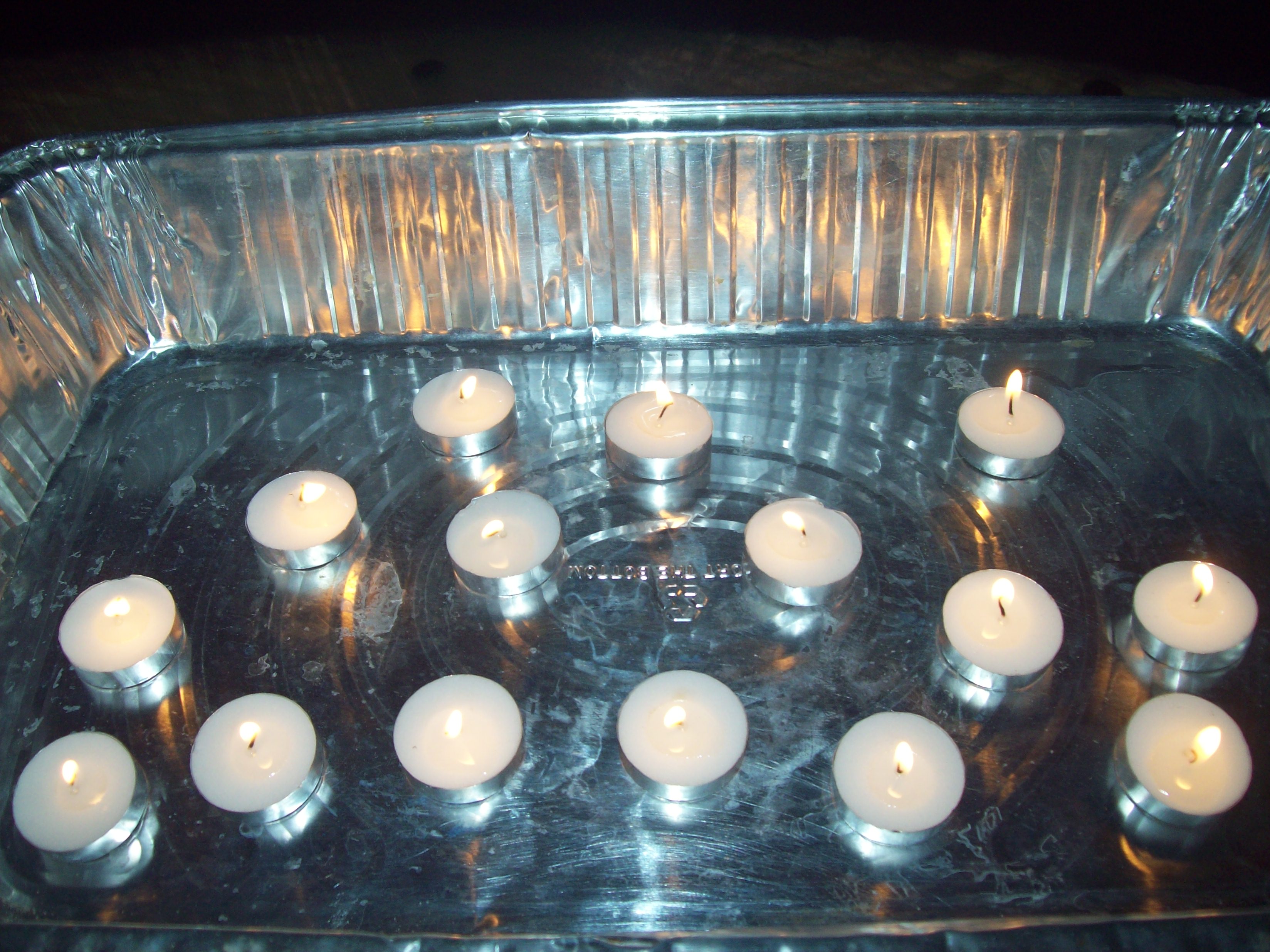
What the candles were made of was largely dependent upon the natural resources available to that region. In China, the wax for candles was made from an indigenous insect that was combined with seeds. In Japan, the wax was extracted from tree nuts, and in India, the wax was made by boiling the fruits of a cinnamon tree. However, most Western cultures relied heavily upon animal fat (tallow) to make their candle wax. Unfortunately, the manufacturing and burning of tallow creates quite an unpleasant smell; which is why candles made from beeswax were warmly accepted upon their introduction in the Middle Ages. Unlike tallow, beeswax burned cleanly, did not omit an odor, and didn’t create nearly as much smoke. However, because beeswax was a much scarcer resource than tallow, it became more of a candle for the opulent, and tallow was the common household candle.
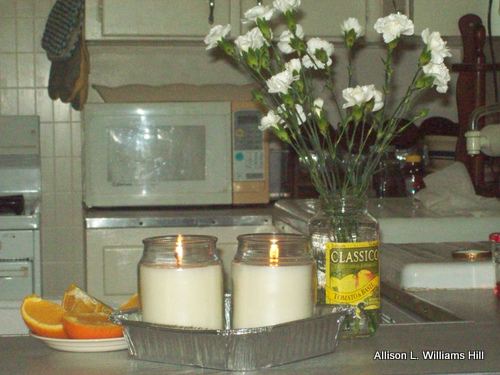
In colonial America, women discovered they could extract a wax from the bayberry bush by boiling its berries. However, this proved to be a very tedious process as it would take roughly 15 pounds of boiled berries to produce 1 pound of wax. The trend of bayberry candles was short-lived.
The
next innovation in the candle making industry came in the 18th century
with the explosion of the whaling industry. It was discovered that
“spermaceti,” a wax obtained by crystallizing sperm whale oil, would not
only produce an odorless candle, but also burned significantly
brighter, and created a harder candle that was much more resistant to
heat. It was from this spermaceti wax that the first “standard candles”
were produced.
In 1834, inventor Joseph Morgan developed the first machine that would enable candles to be mass-produced. With the introduction of mass-production, candles became largely available to the general public and very affordable.
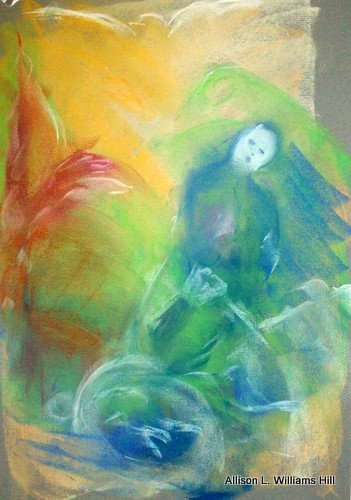
"Prayer" by Allison L. Williams Hill
Candles used to be the main source of light until the early 20th century. In 2017 when this was revised, Puerto Rico, the United States and the British Virgin Islands are still recovering from the most powerful hurricanes ever to hit modern civilization. Power is being restored slowly and candles are handy. I purchased several three inch medium pillar candles to take with me when I returned because I love the ambience they create. Note the votive candles in the aluminum pan as it reflects the lights. However, Hurricane Irma destroyed our home so there really is no reason to bring them with me when I return.
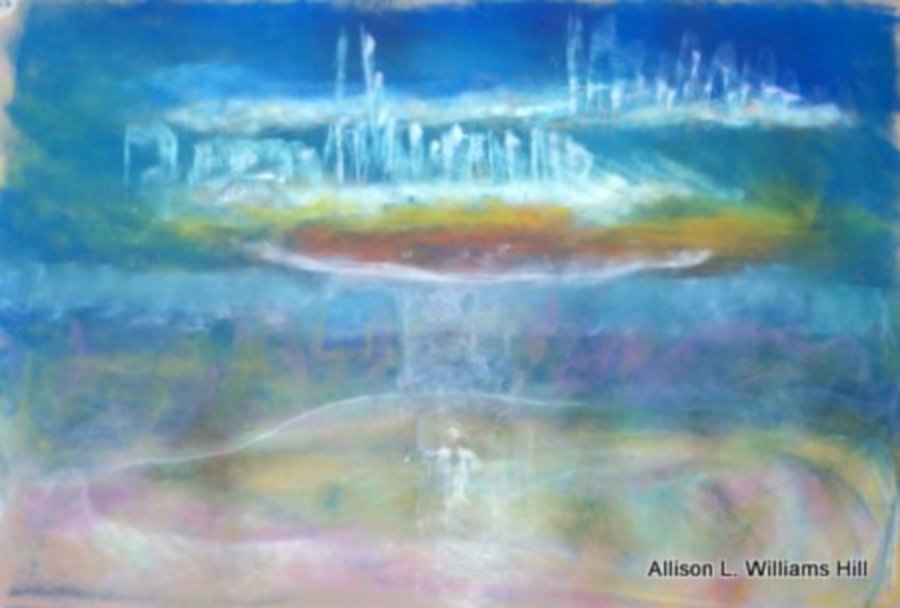
"Rainbow Bridge" by Allison L. Williams Hill
Candles' use as decorative elements grew in the 1980s and continue to do so. Colors, types, shapes, and fragrances allow persons to select their choices for all uses. Women are the largest buyers of candles. These elements can guide selections. A living altar should please you and the candles you select should enhance its purpose and beauty. If the color and fragrance are pleasing, take it home.
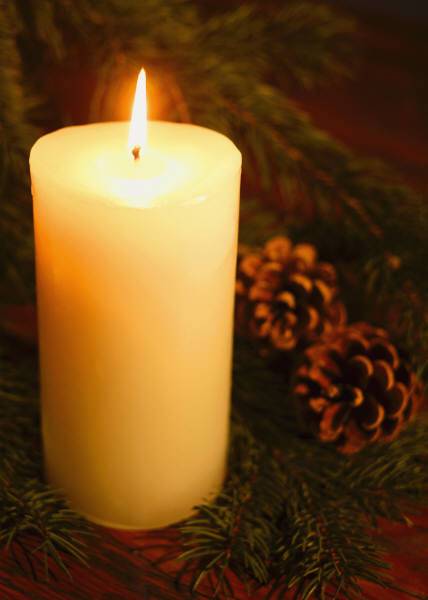
Sources for Candles
I encourage looking for candles at crafts fairs, a venue that the National Candle Association website does not mention. Some of the most beautiful creations are for sale there and the opportunity to speak to the artist is prime. Ask questions such as why do they make candles? What do they think of when they create candles? Are certain colors purchased more than others? Do they produce standard products and/or limited run products? Do they take personal orders, for instance, if you wanted a significant number of a particular type they produced. If you like their work, remember to take their contact information. You may want to create a relationship to continue purchasing their products.
Emergency Candle Holder

I collected sand from Josiah's Bay Beach on Tortola.

I placed a small drain in the funnel. It held back the pebbles and other large objects I did not want in the sand. Scooped sand flowed into the recycled glass jars.

Not much sand is required. It supports the candle. the melted wax flows on the sand. Crack the wax and remove the sand as the candle burns down.

The next step was to puncture the tops to allow air in. Totally enclosed, the candle continues to burn, emitting light. There would be no fear of anything catching fire. However, the glass will absorb heat so please keep out of reach of children. Should the jars topple, the flame would be extinguished.
Resource
A lot of the information came from the web page below from the National Candle Association, History of Candles.Links
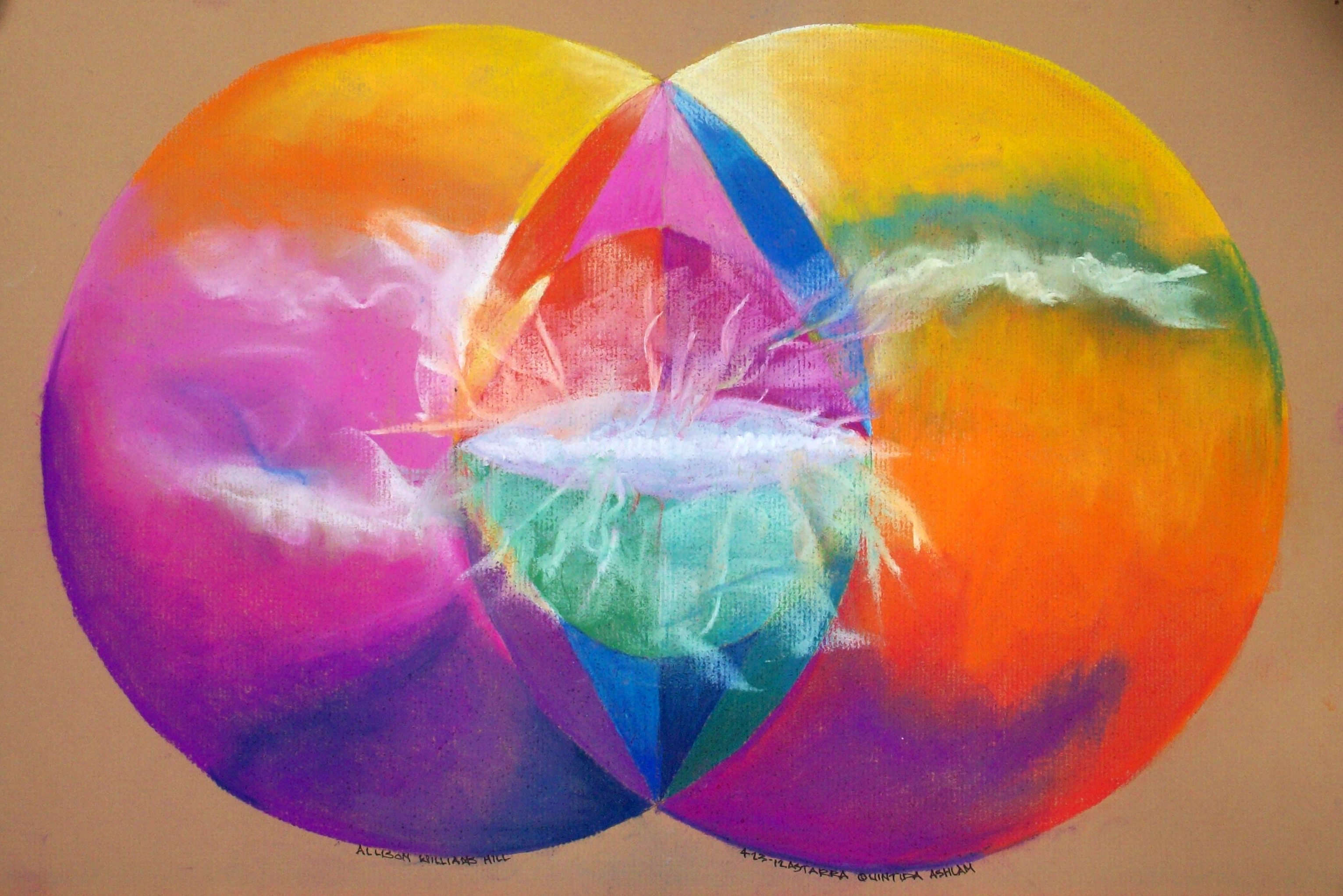
The above meditation mandala will be available soon.
